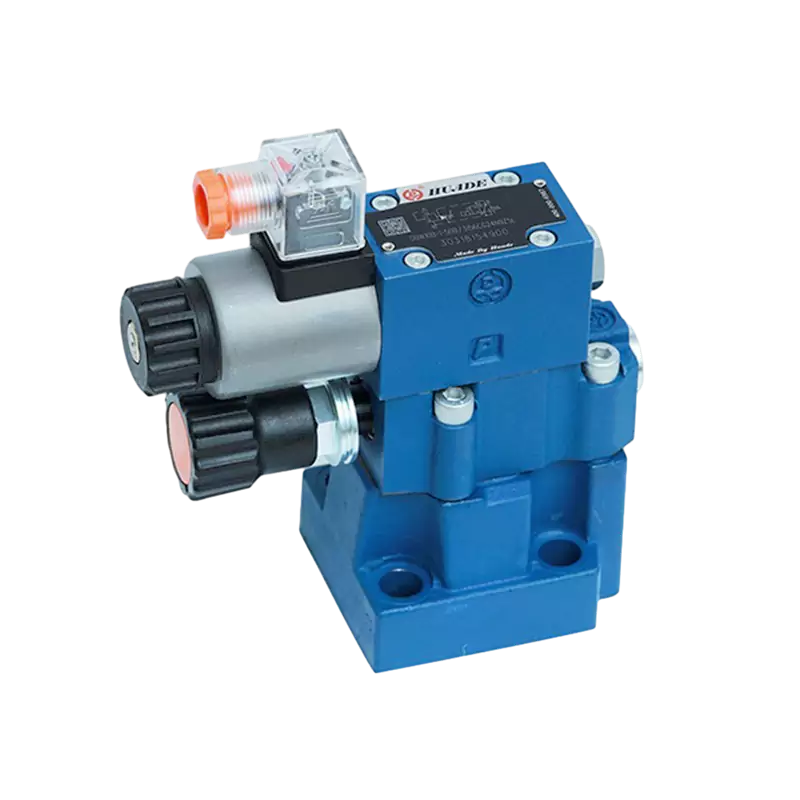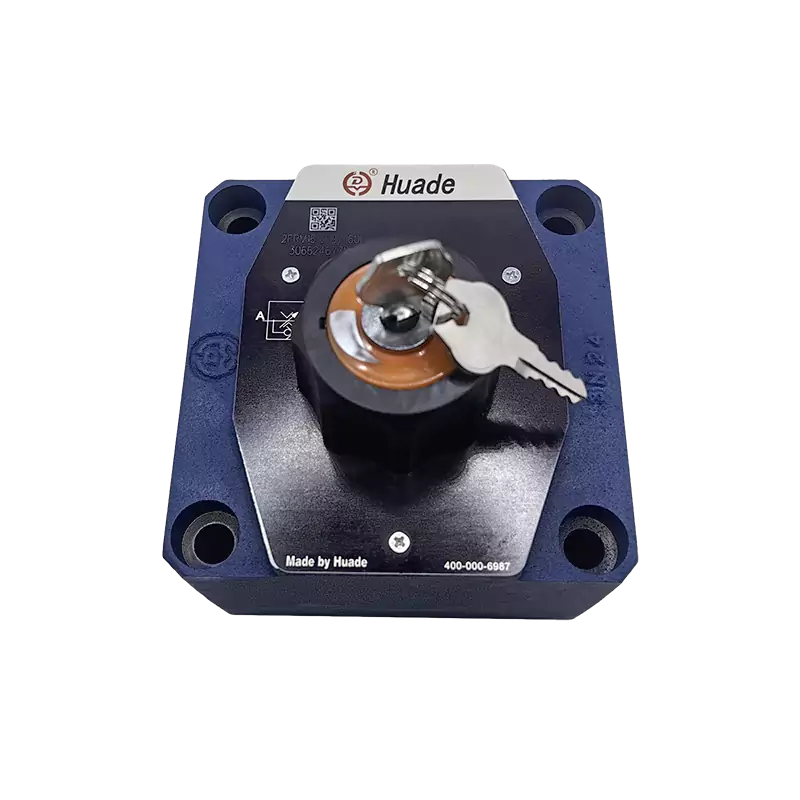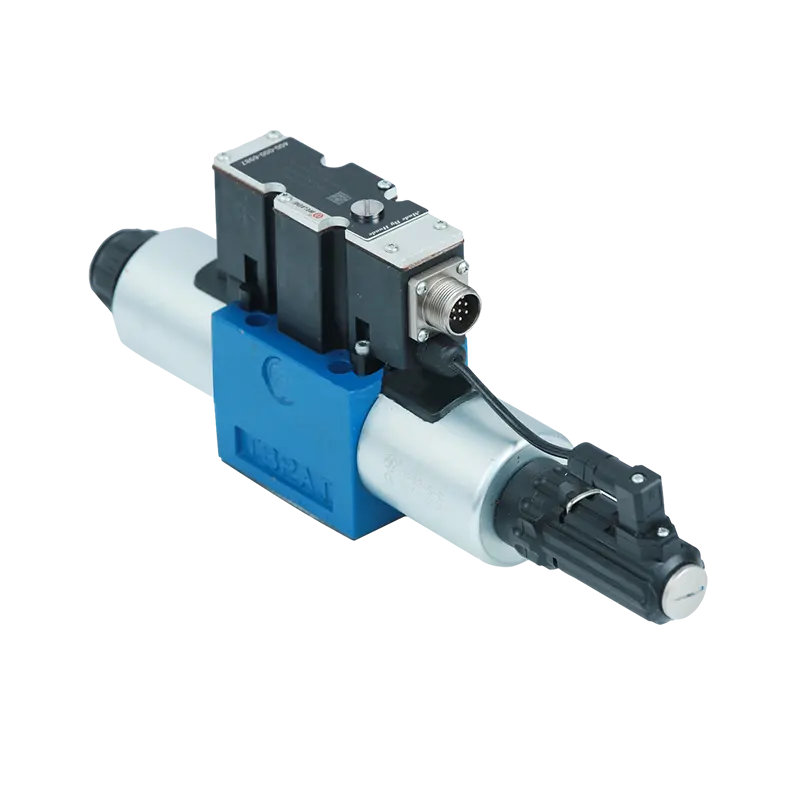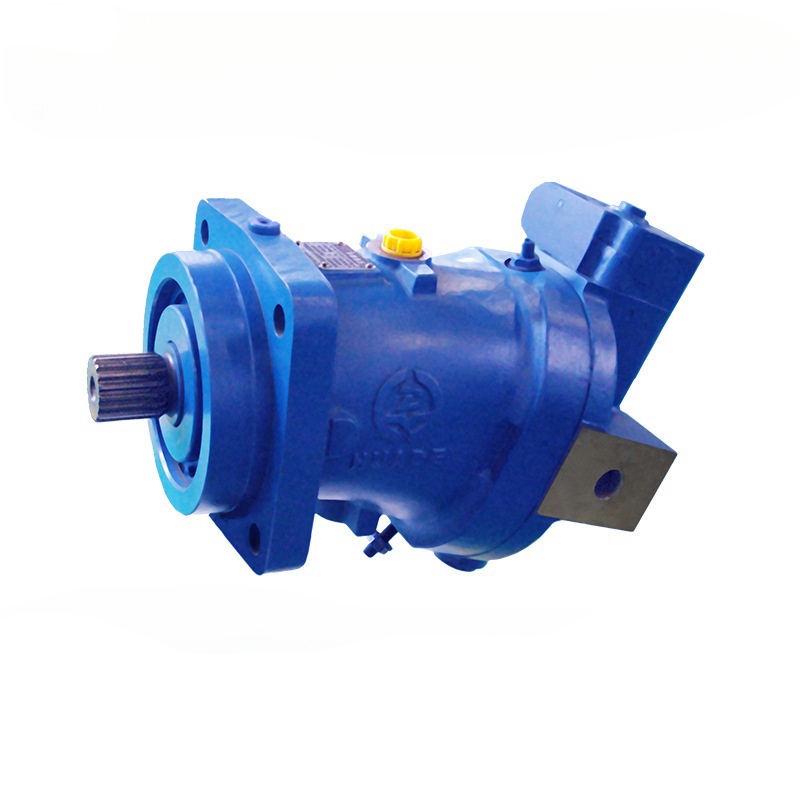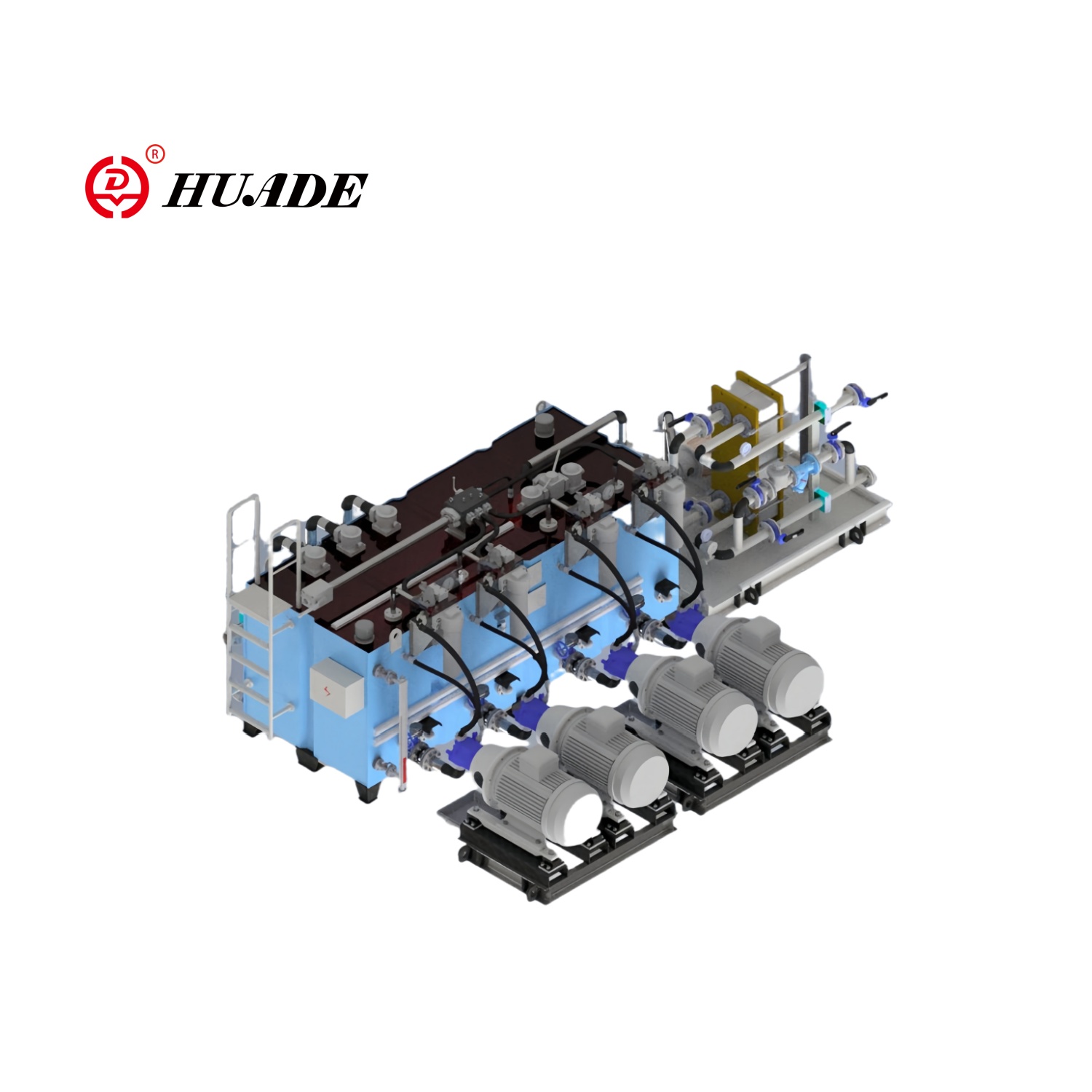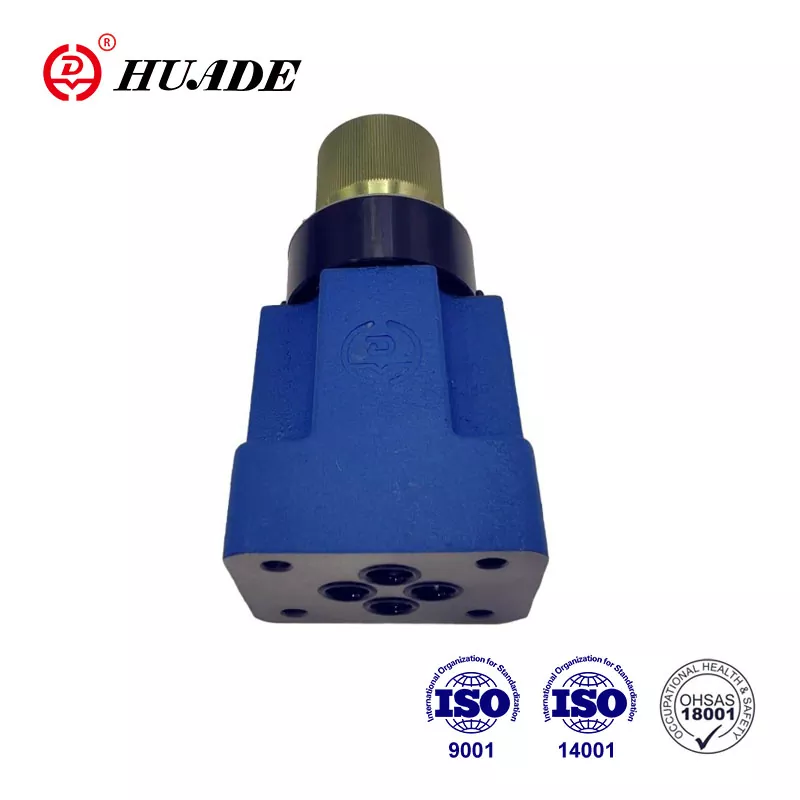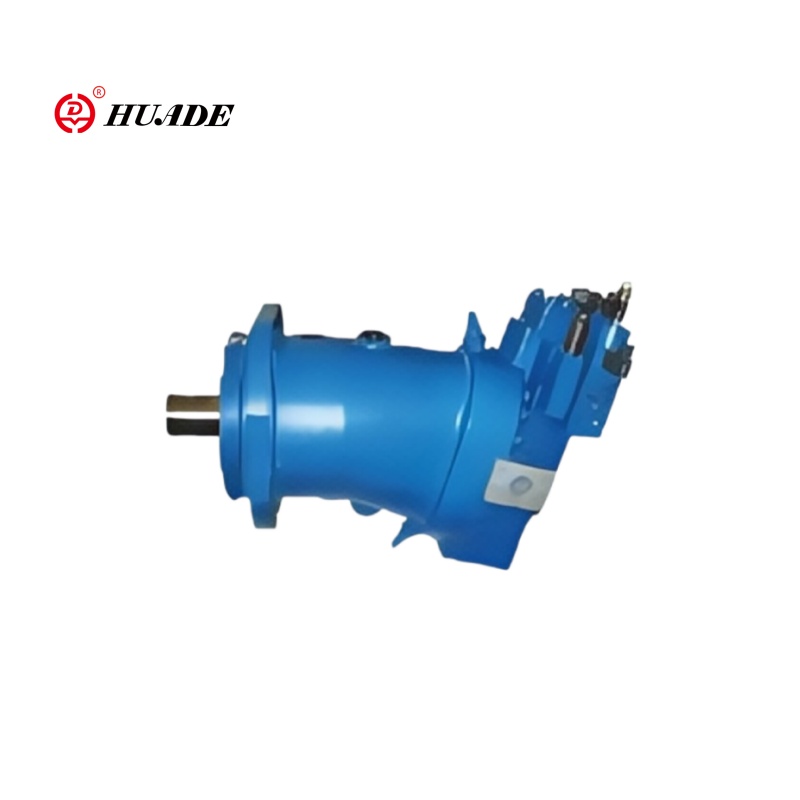
If you work with hydraulic systems or heavy machinery, you've probably heard about piston pumps. Many people ask "What's the difference between piston pumps and axial piston pumps?" - but here's the thing: axial piston pumps are actually a type of piston pump. What most people really want to know is the difference between axial and radial piston pumps. This guide will break it down in simple terms and help you understand which one might be right for your needs.
Understanding Piston Pumps
Before we dive into the differences, let's start with the basics. A piston pump is like the heart of a hydraulic system. It moves fluid (usually oil) by using pistons that push and pull, creating pressure to power machines like excavators, cranes, and industrial equipment.
Think of it like a bicycle pump, but much more powerful and designed to work continuously under high pressure.
What Makes Piston Pumps Special?
Piston pumps are popular because they:
(up to 14,500 psi - typical maximum values)
(90-95% efficiency - typical range for quality pumps)
with proper care
reliably
The Types of Piston Pumps
Here's where it gets interesting: axial piston pumps are actually a type of piston pump. It's like saying "What's the difference between a car and a sedan?" - a sedan IS a car, just a specific type.
The piston pump family includes:
- Axial Piston Pumps - pistons move parallel to the main shaft
- Radial Piston Pumps - pistons move outward from the center like spokes on a wheel
- Reciprocating Piston Pumps - pistons move back and forth in a straight line
- Bent-Axis Piston Pumps - a special type of axial pump with tilted cylinder block for higher efficiency
Since most people asking this question want to compare axial and radial piston pumps, let's focus on that comparison.
Axial Piston Pumps: The Compact Powerhouse
How They Work
Imagine a cylinder with several pistons arranged in a circle, all pointing in the same direction (parallel to the main shaft). As the shaft spins, a tilted plate called a "swashplate" pushes the pistons in and out. This creates the pumping action.
Key Features:
- Pistons move parallel to the drive shaft
- Uses a swashplate to control piston movement (or bent-axis design for higher efficiency)
- Can adjust flow by changing the swashplate angle
- Compact design saves space
Where You'll Find Them
Axial piston pumps are everywhere in mobile equipment:
- Excavators and bulldozers
- Forklifts and cranes
- Aircraft hydraulic systems
- Injection molding machines
Radial Piston Pumps: The Heavy-Duty Champion
How They Work
Picture pistons arranged like spokes on a bicycle wheel, all pointing outward from the center. A cam (like an off-center wheel) pushes these pistons in and out as it rotates. This design can handle extremely high pressures.
Key Features:
- Pistons move outward from the center
- Uses a cam ring to control piston movement
- Usually provides fixed flow (can't adjust easily)
- Bigger and more robust design
Where You'll Find Them
Radial piston pumps excel in heavy-duty applications:
- Mining equipment
- Large hydraulic presses
- Marine systems
- Power plants
Head-to-Head Comparison
Let's compare these two pump types side by side:
| Feature | Axial Piston Pump | Radial Piston Pump |
|---|---|---|
| Pressure Range | 300-700 bar (4,350-10,150 psi) typical | 700-1,000+ bar (10,150-14,500+ psi) typical |
| Flow Control | Variable (adjustable) | Usually fixed |
| Size | Compact | Larger |
| Efficiency | 90-95% (best at high speeds) typical | High, but lower at slow speeds |
| Noise Level | Moderate | Quieter |
| Maintenance | Complex, every 10,000 hours | Simpler, every 500-1,000 hours |
| Cost | Higher upfront, lower operating costs | High upfront, moderate operating costs |
Performance Breakdown
Pressure Capability
- Axial: Great for most applications (up to 10,150 psi typical maximum)
- Radial: Best for extreme pressure needs (up to 14,500+ psi typical maximum)
Flow Control
- Axial: Can adjust flow on the fly - great for energy savings
- Radial: Usually one fixed flow rate - simple but less flexible
Efficiency
- Axial: Super efficient at high speeds, perfect for mobile equipment
- Radial: Efficient overall, but not as good at low speeds
Noise and Vibration
- Axial: Makes more noise but smoother operation
- Radial: Quieter and less vibration - neighbors will thank you
Which One Should You Choose?
Choose Axial Piston Pumps When:
- You need to save space (compact design)
- You want to adjust flow for energy savings
- You're working with mobile equipment
- You need high efficiency at varying speeds
- Your pressure needs are under 10,150 psi (typical axial pump limit)
Choose Radial Piston Pumps When:
- You need extremely high pressure (over 10,150 psi typical axial limit)
- You're running continuous heavy-duty operations
- You want simpler maintenance
- Noise is a concern
- You have space for a larger pump
Cost Considerations
Initial Investment
Both types are expensive, but here's what to expect:
- Axial: Higher upfront cost due to complex design
- Radial: Also costly but potentially less than axial for simple applications
Operating Costs
- Axial: Lower energy bills thanks to variable flow control
- Radial: Steady energy usage, good for consistent operations
Maintenance Costs
- Axial: More complex maintenance, but longer intervals (10,000 hours)
- Radial: Simpler maintenance, more frequent intervals (500-1,000 hours)
Common Applications in Real Life
Construction Site
An excavator uses an axial piston pump because it needs:
- Compact size to fit in the machine
- Variable flow for different operations (digging vs. driving)
- High efficiency to save fuel
Mining Operation
A large hydraulic press uses a radial piston pump because it needs:
- Extreme pressure to crush materials
- Continuous operation for 24/7 production
- Robust design for harsh conditions
Maintenance Tips
For Axial Piston Pumps:
- Keep hydraulic fluid super clean (use high-quality filters)
- Check swashplate condition regularly
- Monitor for unusual noises
- Service every 10,000 hours or as recommended
For Radial Piston Pumps:
- Inspect seals and valves more frequently
- Check cam ring wear
- Monitor pressure levels
- Service every 500-1,000 hours
Future Trends
The hydraulic pump industry is evolving:
- Smart Controls: Digital systems that automatically adjust pump performance
- Better Materials: Longer-lasting components that resist wear
- IoT Integration: Pumps that can predict when they need maintenance
- Energy Efficiency: New designs that save even more energy
Frequently Asked Questions
Q: Can I replace an axial piston pump with a radial one?
A: Maybe, but you'll need to check pressure requirements, space constraints, and flow needs. It's best to consult with a hydraulic engineer.
Q: Which type lasts longer?
A: Both can last many years with proper maintenance. The key is choosing the right type for your application and maintaining it properly.
Q: Are there other types of hydraulic pumps?
A: Yes! Gear pumps and vane pumps are also common, but piston pumps generally offer the highest pressure and efficiency.
The Bottom Line
Remember, axial piston pumps are a type of piston pump - they're not completely different categories. When people ask about the difference, they usually want to compare axial and radial piston pumps.
Choose axial if you need compact size, variable flow, and high efficiency for mobile or dynamic applications.
Choose radial if you need extreme pressure, continuous heavy-duty operation, and can accommodate a larger size.
Both types are excellent choices that will serve you well with proper selection and maintenance. The key is understanding your specific needs and matching them to the right pump characteristics.
Whether you're designing a new hydraulic system or replacing an existing pump, this guide should help you make an informed decision. When in doubt, consult with a hydraulic systems expert who can analyze your specific requirements and recommend the best solution.
Need help choosing the right hydraulic pump for your application? Consider factors like pressure requirements, flow needs, space constraints, and maintenance capabilities. The right choice will save you money and headaches in the long run.


